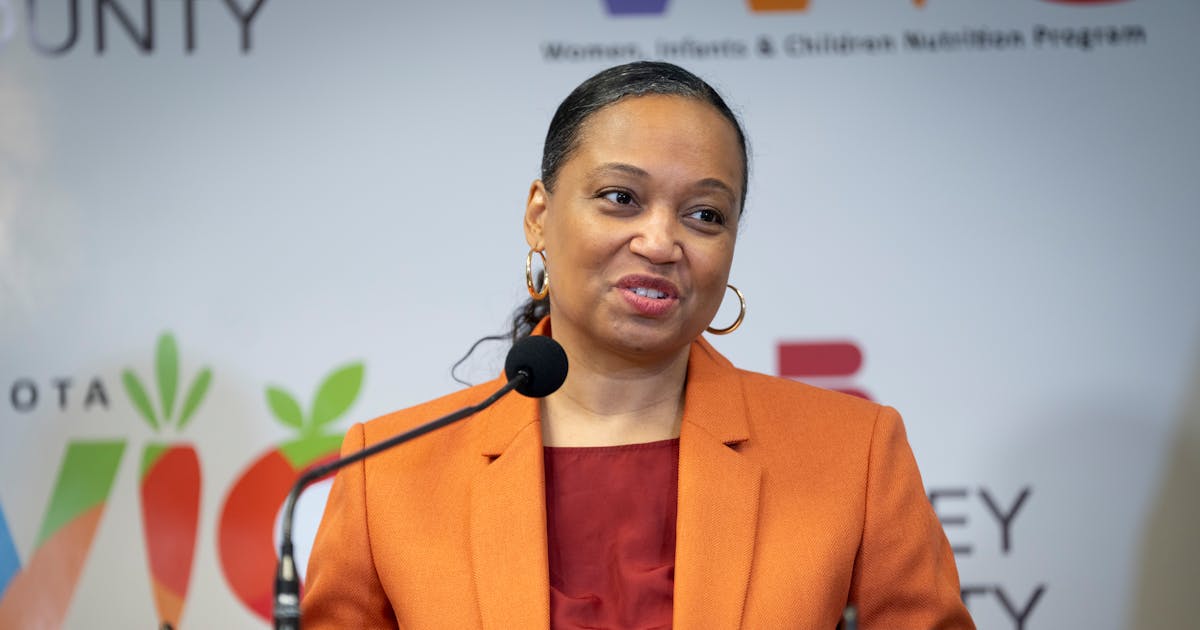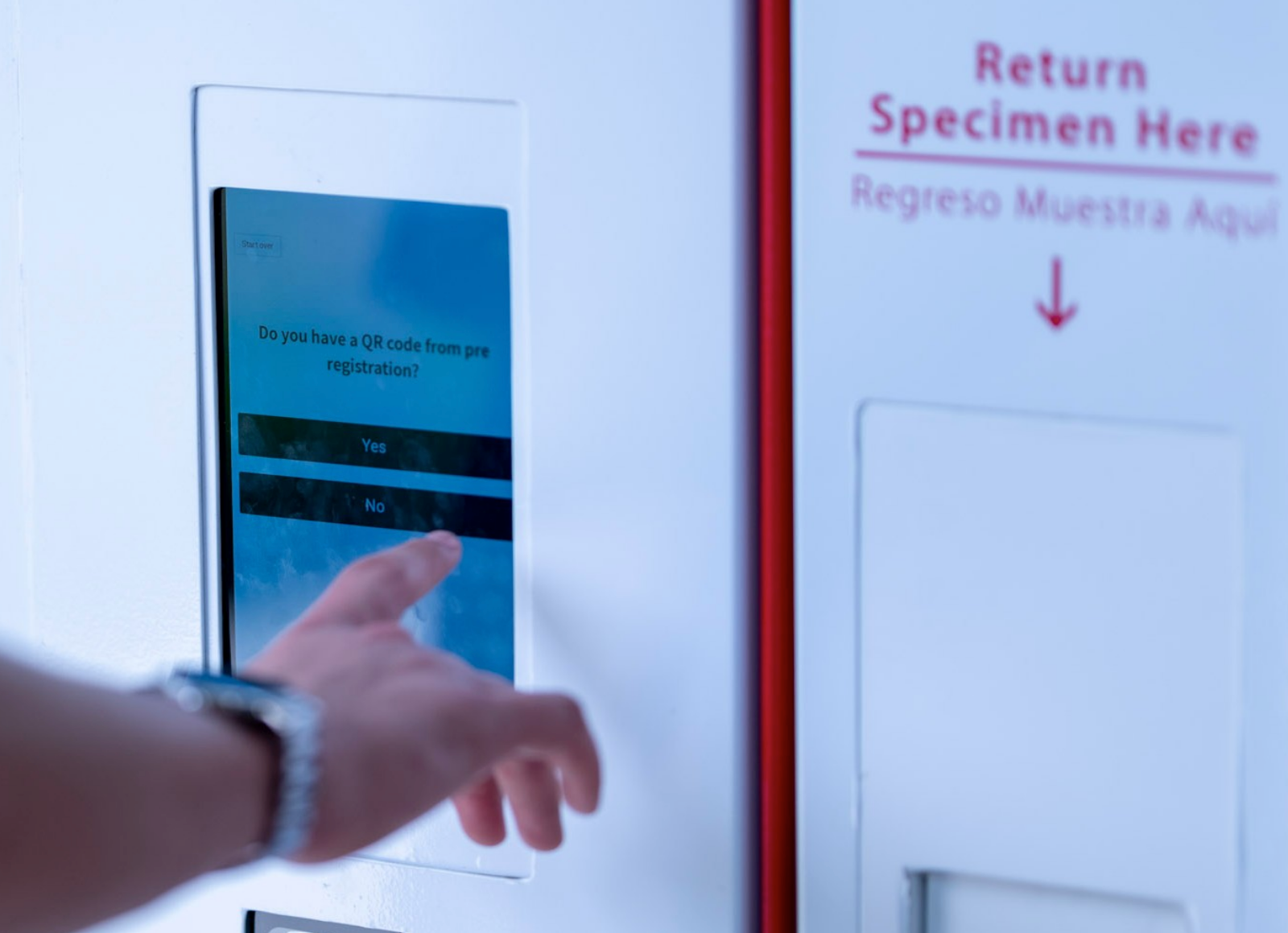Last year, the percentage of Minnesotans without health insurance reached an all-time low of 3.8%, according to a report by the Minnesota Department of Health. This is a decrease from the previous uninsured rate of 4% in 2021, marking a positive trend for the state. While this reduction is not considered statistically significant, it indicates that approximately 11,000 fewer Minnesotans were without insurance coverage in the reported year.
Despite this progress, findings from the Minnesota Health Access Survey revealed an increase in the number of state residents who experienced barriers to care due to costs. There were also concerns expressed about the financial protections offered by health insurance. Dr. Brooke Cunningham, the state Health Commissioner, expressed optimism about the overall reduction in uninsurance but highlighted that healthcare and insurance costs continue to be significant barriers for many Minnesotans.
The survey showed that most uninsured Minnesotans experience long-term uninsurance, meaning they go without coverage for a year or more. In recent years, however, this group has accounted for a smaller number and share of the uninsured population, with those who were previously covered by job-based health insurance being less likely to have been uninsured for longer periods. Stefan Gildemeister, director of Minnesota’s Health Economics Program, noted that this could indicate challenges in transitioning to other forms of coverage after losing eligibility.
In addition to expanding access to health insurance through programs like Medicaid and Affordable Care Act subsidies, some states have also implemented innovative solutions like state-based reinsurance plans or creating public-private partnerships with insurers to lower premiums and improve affordability for consumers. However, these initiatives may face obstacles such as limited funding or political opposition from conservative lawmakers who may argue that they burden taxpayers or create disincentives for workforce participation.
Overall, while progress has been made in reducing healthcare disparities and increasing access to coverage among vulnerable populations like low-income individuals and people with pre-existing conditions, there is still much work to be done both at the federal and state levels to ensure that everyone has access to affordable and comprehensive healthcare regardless of their income or socioeconomic status.
In conclusion



